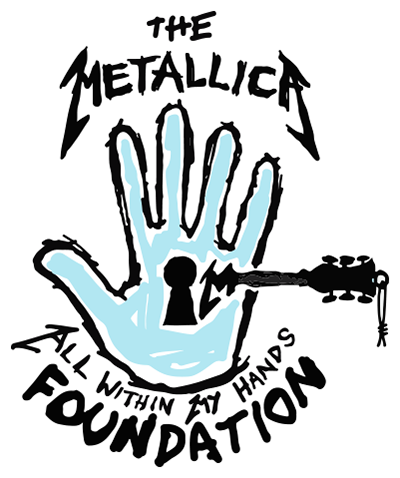The Navigator
DECEMBER 21, 2020
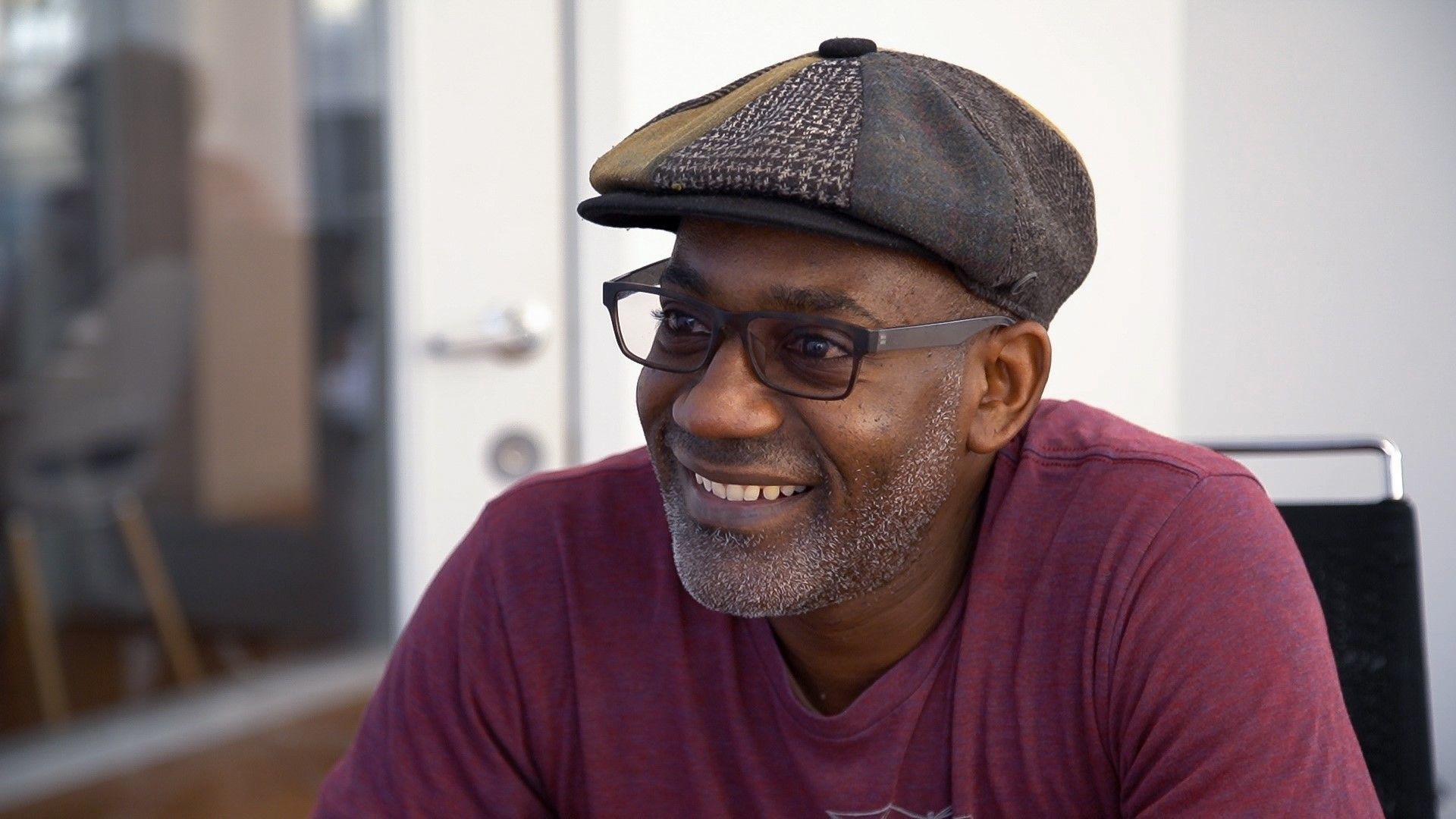
Tony Baldwin is the Housing Navigation Coordinator at Hamilton Families (the San Francisco service provider to families experiencing homelessness that was the donation recipient during the 2019 S&M2 shows), a tireless job which requires patience, fortitude, and most of all, a passion to help others. He explains to Steffan Chirazi where he found the drive to enter a career helping not just to house those in need, but to understand their struggles.
It is pretty impossible to meet Tony Baldwin and not be touched by his strength, energy, and fire. I ask him to outline who he is, just to get our interview moving you understand, and he is instantly engaging, enthusiastically telling me about his upbringing in Detroit – his home until leaving for San Francisco in 1990.
“I started out in Detroit working with runaways and very much got bit by the bug of community based social work way back then,” he begins. “I worked with runaway and homeless youth, and that springboarded into residential work with foster care youth as well as adjudicated juvenile youth who ran afoul with the criminal justice system. That spring-boarded me to California still in search of West Coast living and youth work, and I was able to link up with a group here called Huckleberry Youth Programs, where I spent a long time working in youth service work with families, particularly focused on violence prevention with young people.” At Huckleberry Youth Programs, Tony quickly learned how many related issues there were with regards to how and why homeless youths came to be on the streets.
“I also worked at a place called the Coastal Youth Clinic, which was a springboard into medical services and medical social work that specifically focused on runaway and HIV positive youth,” he continues without pause, “so that was the early ’90s when the epidemic of HIV was also being impacted by the advancement of medications, so it was a really sweet time because a lot of people were starting to plan to live instead of plan to die. I think that was crucial. In that work, I also started coming into contact with a lot of families, where I found a lot of youths dealing with the challenges of their parents. And if there’s nothing that the youth work taught me, it’s that the kids will never be all right if their parents aren’t.”
This realization subsequently caused Tony to branch out into work with adults as well. “At first it was a lot of HIV outreach and prevention work with the Haight Ashbury Free Clinic, which springboarded into working with another local group called Progress Foundation that focuses on adult health,” he explains, “particularly trying to help people regroup after a crisis of mental health, be it suicide, overdose, due to use of drugs or domestic violence issues. It was all about helping people regroup and re-enter their community after being what they call ‘5150ed’ or institutionalized.”
Tony fixes me with a purposeful stare.
“I’m very committed to community-based work,” he states slowly, “that’s my thing.”
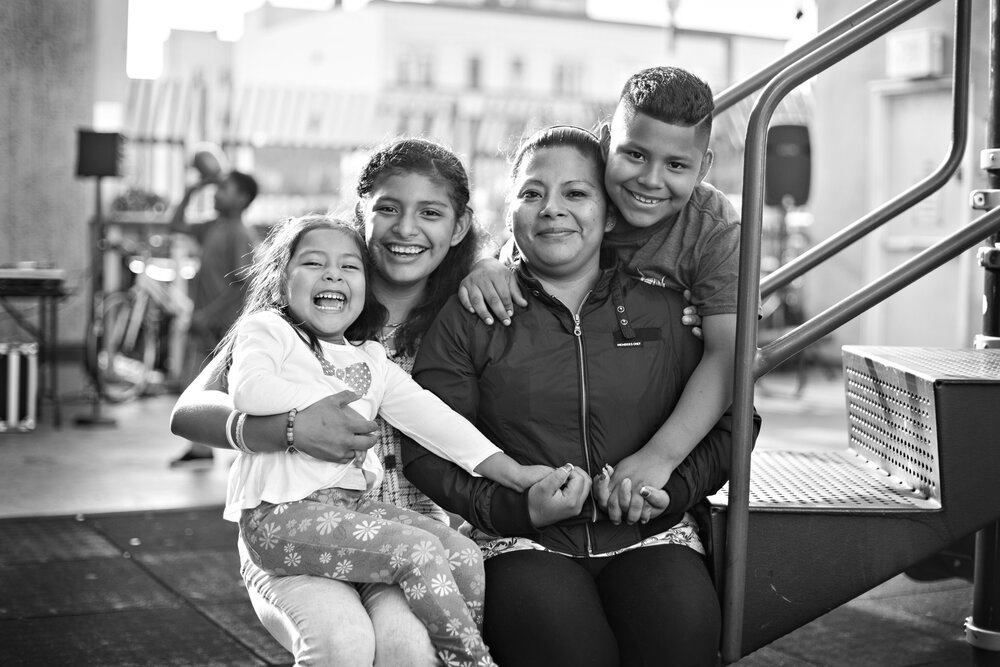
The more time you spend with Tony Baldwin, the more aware you are that this community minded and committed figure has a well of empathy that many in this country could do with drinking from. He knows that to offer help, you need to be strong, and he also knows all too well how mental health issues are a major component of the homeless problem.
“I’ve learned in working with folks who’ve struggled with mental health that many don’t have a stable place to stay,” he sighs. “Again, with that one element, all the other stuff in their lives is impacted negatively. It’s so hard to focus on coping skills if you don’t know where you’re going to be spending your nights. It’s really hard to focus on taking medications that have some side effects, that take time to get used to, take time to calibrate and manage. If you don’t have a place to stay, those things are really impacted. So my springboard into working with Hamilton Families, and working with families that experience homelessness, was really in response to trying to address mental health concerns with families and individuals who don’t have a place to stay.”
For the roots of this compassion, we have to revisit Tony’s Detroit upbringing, a virtual college of life where Tony saw and experienced things many of us have only read about.
“I grew up during the crack epidemic in Detroit,” he starts, “having had the blessed pleasure of a childhood in ’70s Detroit when people had jobs, when the auto industry was thriving, when a weekend on Belle Isle was like a car show like they have in the Mission here in San Francisco. People were dressed to the nines, cars were clean and gleaming in the sun… to see the community go from that to, literally, you not [being] able to turn your back on someone in an intersection for fear that they might carjack you or rob you? Hard. You couldn’t turn your back on your neighbor for fear that they were going to come into your house, take your television, and hock it for drugs. I really think growing up in that environment, having a lot of friends who were unfortunately on the street because they had parents that went from being responsible, upstanding citizens to people that you couldn’t turn your back on, was a huge thing. I was blessed to have a saintly grandmother who kept me grounded, who kept the perspective clear as to where things would take you if you decided to get involved. I already had family members who were incarcerated, who I visited in jail on a regular basis. So all of those ingredients made for the kind of soup that kept me on the helping and supporting the community trajectory versus victimizing the community, or worse yet, falling into some situation where I was victimizing myself, really.”
Like anyone who carries positivity at heart, Tony saw where the power and strength lay in such tough surroundings. “I really do look at the environment that I grew up in, for good and bad, to all be rich. My Gran was the model of positive relationships in a community, but equally, as I said, I also had family members that were models for negative relationships in a community. My Gran was a great model and mentor for how to hold that support and commitment to empathy, and to care for people who needed help. My uncles were a great example for what would happen if you chose to get caught up in situations with people who were your friends, who you wanted to be there for, but still could land you in jail, or worse, dead. I was also blessed with a very smart mom who worked her tail off but also made a point to articulate just what struggle was. I think she sometimes gave me more information than a little kid could process at the time but, you know, I hold it today in my work with people, youth, families, that you are always in this process of planting seeds.
“My mom, in her cynical and very real way of breaking things down to me, definitely prepped me for what I would come to understand and be impacted by later. Things like racism, things like police brutality, things like implicit bias that you experience in workplaces and institutions. A lot of her ‘commentary,’ if you will, was real information. So that commentary combined with Granny’s modeling – I often would ride shotgun with her on a lot of her support missions to friends and family and the community – was my social work internship.”
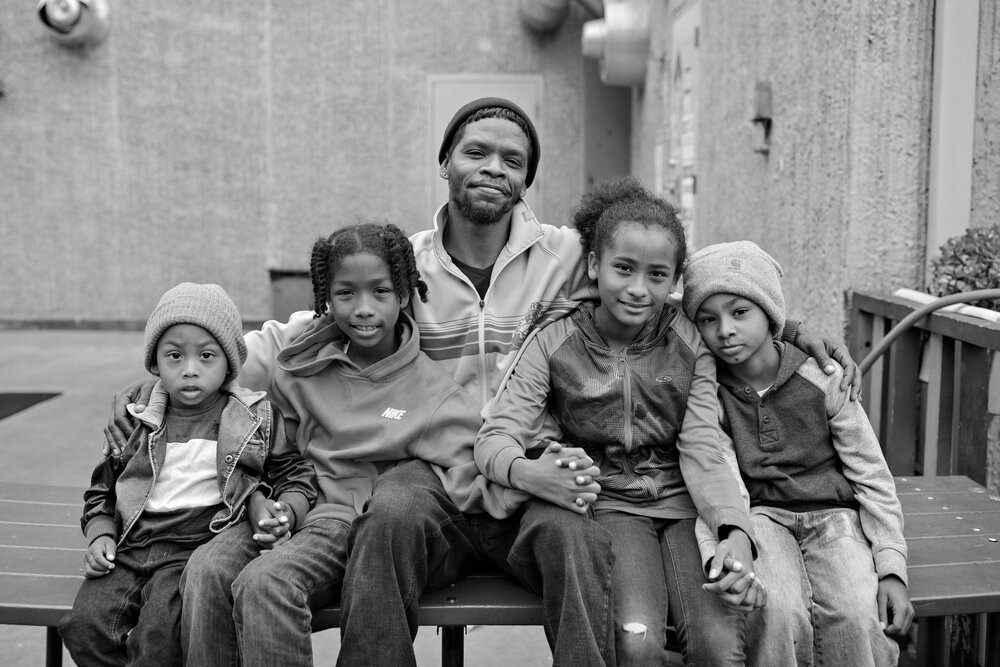
It is easy to see how the homeless could easily not trust social workers or anyone trying to help them. Tony’s experiences, manner, and his own personal truth make him the perfect person to get back on track with.
“Number one, I think trust building, as we describe it in the social work case management relationship/treatment/residential relationship world, takes time,” he explains. “I also think it takes genuine, authentic intention. So if you have other interests at play in your attempt to build trust, that’s not an authentic way in which to come at trust building. That’s called having an ulterior motive. So being very grounded, and very intentional in your interest is important.”
It is clear as you talk with Tony that he sees the work he does as about far more than just the hard task at hand. Several times he underscores the importance of the relationships he looks to build with each and every person he works with.
“Our goal is to help families regroup in the time that they are with us and then start a more hopeful trajectory toward stable housing, and in that there’s a lot of relationship building,” he says. “Relating to people is at the heart of that, so for one, engaging our families in a way in which our focus is relief. It isn’t even so much focused in the immediate, where they’re going to go next. It isn’t really focused so much in the immediate, on solving all their problems. It’s getting to know them. For me, a lot of the tone is set for that at the Shelter, how we walk people around the Shelter and show them where everything is. You can do that in a hurried way in which you’re just like perfunctory, you know, ‘That’s where the bathroom is, that’s where the kitchen is, that’s where the playroom is,’ or you can walk around and show people where places are in a way that introduces them to the playroom. So when they’re back at the Shelter between the hours of 4:00pm and 6:00pm for example, they have a place where they can take their kids to and then actually have some free time not just for their kids to play amongst other kids and socialize, but also for them, giving them a break to just rest.”
This whole-hearted and highly inclusive approach comes as part of a holistic practice for Tony. “Oftentimes, one of the ways that I get to know staff that I supervise when we are meeting for the first time is we do this quick ice-breaker thing called, ‘Life Story in Two Minutes.’ We each take a turn for two minutes sharing whatever we want of our lives. That is something that I also use with families I work with. You don’t have to go on full disclosure about every trial and tribulation you’ve been through, just share something that is of yourself and your own journey. That then is a gift of sharing, a gift of connecting with that person that is a little selfless, and it is a little focused on, again, that intention of building trust in a way that allows you to work forward. It helps in so many ways, it helps in moving forward in terms of addressing pros and cons, choices, the deeply needed interpersonal work that has to happen in therapy, and so on. We get a lot of hints and perspectives on things, but not a lot of time to address them, so we have to be very mindful about what we unpack.”
With so many people saddled with the desperation and sadness of being homeless, I wondered how the agency determines who can (and does) provide the housing help?
“Well, credit to our agency,” he shrugs, “I think we got ahead of the game in recognizing that with the Bay Area’s cost of living added to the supply and demand of vacancy for units, it was worth developing a department of staff and folks to just be focused on acquiring units that we could then match our families up with, ideally with the least amount of time in between. So we have a staff who mine Craigslist for units that are open, who also are tapped into larger residential complexes that house, you know, 100 and above in terms of when they have units that become available, plus really schmoozing and connecting where we can with landlord groups. We deal with a spectrum of landlords everywhere, from the one that just wants to have constant turnover every six months because that’s an easier and more lucrative way for them to manage property, to folks that have 100 plus units and are looking to give us ten on a regular basis that we could keep using to keep moving families in and out of as they go through our program. I mean those are sweet because we can count on those. So it’s a multi-faceted mix of all of those outreach efforts to then create this stock of housing that we have available.”
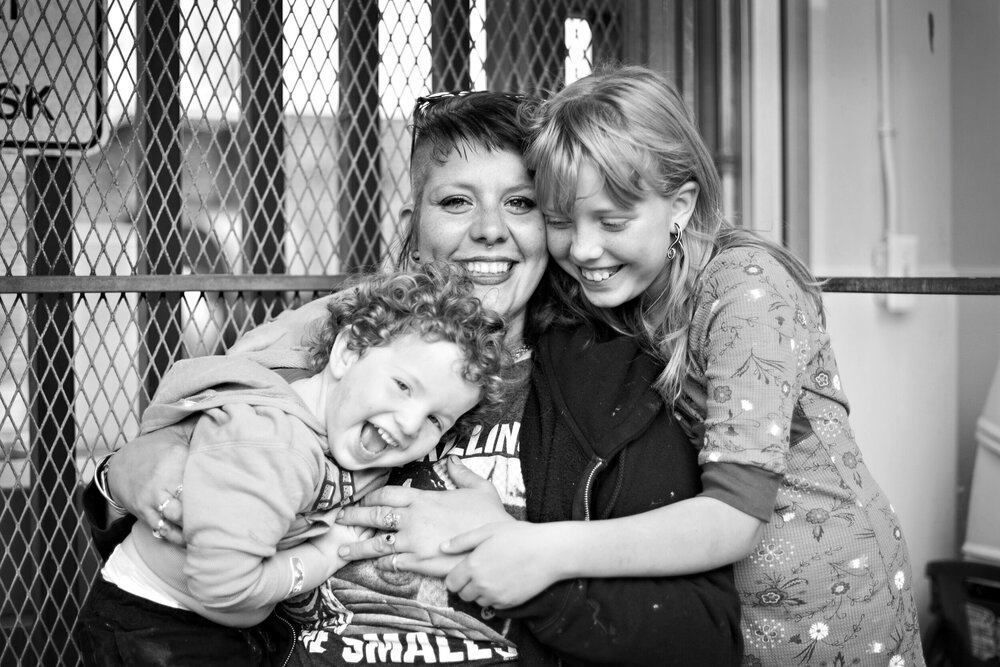
Thanks to these tireless efforts, Hamilton Families and Tony turn some pretty fine numbers. “How many families do we migrate from Hamilton Families straight to housing?” he smiles. “Well, we’re pushing the 400-450 mark right now and we’re in the month of October for this year. So I think that we have been on an incredible pace. And that is because again, we have departments devoted to and thinking smartly about how to really improve on the services that we provide to families. There is real intentional thinking and planning going into each stage of the housing transition process, from the tone that you set when families come in to begin their paperwork process at intake, to how we set them up in their neighborhood in stable housing, and then go about helping them root in that community and access childcare services for their kid. For some people, it will be mental health and therapy services to help heal some of this trauma that they’ve just experienced after having been homeless for a while. Because definitely in the early days of moving, people are so busy and focused on setting everything up, that the actual feelings of pain, struggle, and the loss that went with just soldiering through that experience is highly underrated, but that can start to bubble up after you move into a house. And it’s so important to have that structure, support, and services in place for people to deal with these issues so as that trauma does not ripple out into other areas of their lives where it can undo things.”
We’re back to the importance of empathy. New housing is obviously tremendously exciting, but there are issues and insecurities that come with it. Most of us have a support system of family and friends to help us through the early days of a move, whether that be someone to help with piles of paperwork or someone who can make sense of the new obligations.
“It’s very easy to actually overload yourself because again, you’re trying to commute if you’re doing work, you’re trying to cover childcare or transportation for your kid for childcare, you’re trying to house warm, you’re trying to get furniture and just build your home into a comfortable place, you’re just figuring all those things out,” he explains without a pause. “Think of all the things when you join a new neighborhood. You’ve got to find out where the grocery store is, you’ve got to root yourself in a new community. Add in some of the unaddressed loss and anxiety that went with trying to present your best self, even though you’ve had a poor credit history and a history of evictions, to a landlord to give you an effing chance, you know what I mean?”
He peers at me for a moment making sure I actually do comprehend the issues. “All of that emotion and all of that energy, like I said, it starts to bubble up again and really impact your motivation. It can then be harder to want to just go to work, just do your regular routine, because all of that angst and all of that anxiety that you experienced is now sitting with [you]. So we try to reintroduce that ‘grounding’ and how to start to develop a routine that is supportive of less stress, not more. Sometimes it is really important to know how to pull back and relax a little, and it is important to encourage families to do so. Sometimes they will feel, because they’ve got this hook-up, that they should be so grateful that they gotta just do a lot of stuff instantly. So literally, sometimes families will meet us and have a list of things that they are still doing, still taking care of, and I’m like, ‘Whoa! I actually came here to check on you and see how you’re doing, not what you’re doing.’ That’s when people’s faces totally change, they take a breath, and they start to understand that it’s okay to be a normal human being who isn’t doing stuff all the time.”
It is those moments which fuel Tony’s fire to help transition people from the streets into a stable living situation.
“Oh yeah. Sure. I truly believe that this is work of transformation, so transformational work takes time. It takes a lot of people to be involved in that transformation. That’s my own origin story in terms of how I’ve come to learn and do the things that I’ve done in my life. That’s my truth, that’s all the proof – so to speak – that I need. What really gets me is how the social disconnect becomes more and more popularized, in terms of people not recognizing the troubles and journeys of others. That’s the part that just has me scratching my head as to how that works for people, because it’s never been my reality. I try to get to know more of those folks though, because I want to understand where those people are coming from so as maybe we can help them see…”
Tony goes on to tell me that he drives on his off-hours (“my side hustle” he laughs) as much to continue learning about people as anything else. And as photographer Brett Murray and I shook hands with Tony and left the Hamilton Families offices, we were each somewhat in awe of the fierce levels of application and devotion to his job – to his families, to his people, to his work mates – that Tony Baldwin exuded. In fact, to call Tony Baldwin a bit of a legend is not inappropriate whatsoever. He is.
Epilogue
That meeting, this interview, happened a little over a year ago. In that time, several things transpired which saw this story roll back and back, and now finally on the eve of publishing, the world has changed beyond anything we’d perceived possible that early winter’s day. Thankfully both Hamilton Families and Tony have been continuing onwards with their mission, and as I sit here reflecting on the struggles so many are enduring, it is reassuring to know that somewhere out there, right now, a man as true to his convictions as Tony Baldwin is helping families through the roughest of times.
P.S. – We feel it is a vitally important part of the Hamilton Families story to let you know the great things they’ve been doing during COVID-19, so here’s a breakdown of the work currently being done. Please bear in mind that even since this update, Hamilton Families has continued to serve their community in as equally a dedicated and diligent way. For more information on how you can help, please go to HamiltonFamilies.org.
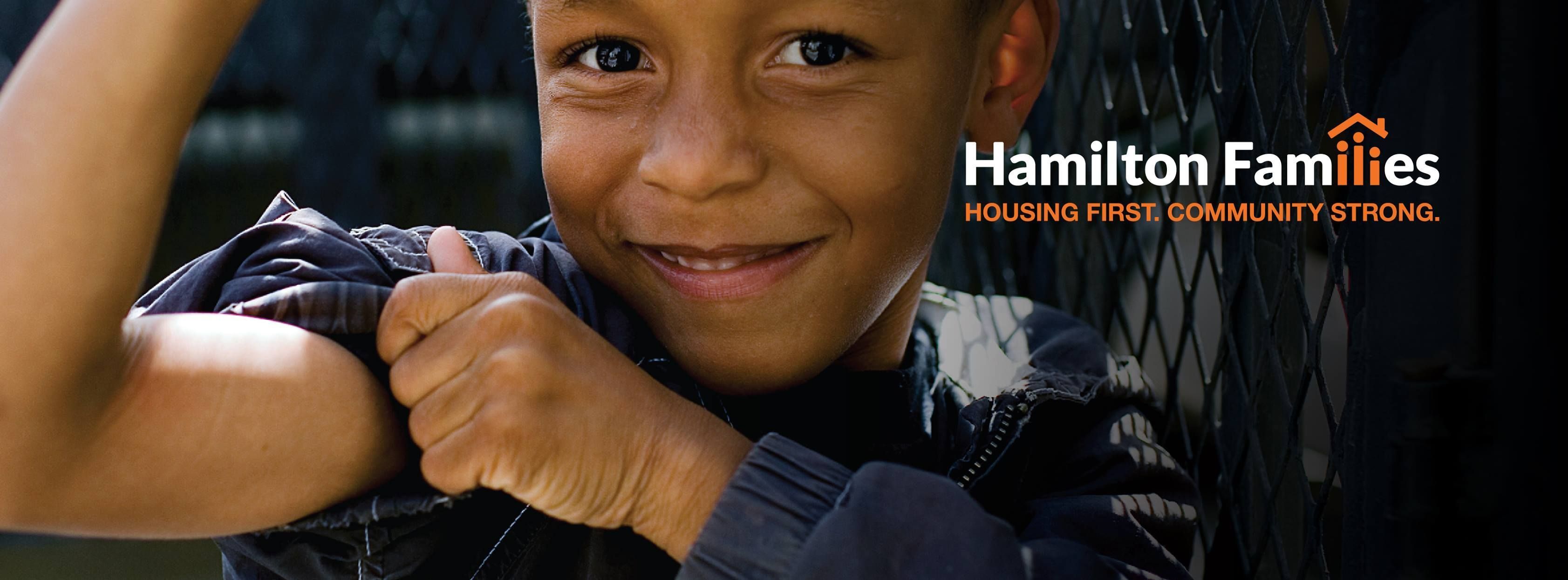
Hamilton Families COVID-19 Impact & Response
COVID-19 had a significant impact on the families in our programs, our staffing, method of program delivery, and operational expenses. At the onset of COVID-19 and the Mayor of San Francisco’s subsequent shelter-in-place orders, we quickly pivoted our focus from helping families to make progress in their journey out of homelessness into stability and developing the emotional resiliency of the children in our programs. Beginning in March, our main priority became the immediate health and safety of our family participants and ensuring they were all able to remain housed/sheltered, had access to food, and access to basic technology for children to effectively engage in their virtual learning.
Temporary Hotel for Unhoused Families
Beginning in March, a collaborative of San Francisco-based family service providers—Homeless Prenatal Program, Compass Family Services, Hamilton Families, Dolores Street Community Services, and Providence Foundation—opened hotel placements for homeless and unsheltered families. Together, we secured a block of 30+ hotel rooms in the SOMA district and we were working in partnership to match homeless families to open rooms and to provide additional services, supplies, and food delivery. The families identified for these rooms were currently in the housing search phase of our program and living out of their cars or in unsafe conditions, such as, violence in the home. The hotel remained open through June 2020, and all families subsequently moved into temporary shelter, city facilitated hotel rooms, or permanent housing.
Unemployment & Rental Assistance
Two-thirds of families in the Hamilton Families | Housing Services department which operates our Rapid Re-Housing program filed for unemployment or lost income. Hamilton Families paid full rent for those families for April, May, and June 2020 at a cost of $100,000 monthly, to ensure that these vulnerable families did not return to homelessness. We have continued to raise funds to support families who need additional financial assistance as the pandemic continues.
Food
Prior to shelter-in-place, our residential programs (Hamilton Families | Shelter and Hamilton Families | Transitional Housing) were serving families breakfast and dinner as children were attending school in-person and as parents were able to leave for work or attend appointments throughout the day. Families were able to gather as normal for meals prepared by Hamilton Families chefs in the dining room. However, with the onset of COVID-19, the demand for meals significantly increased during shelter-in-place as we now had the responsibility of serving meals to 100% of family participants for breakfast, lunch, and dinner delivered directly to their units. With the generous support of an institutional partner and from a local family-owned restaurant, we were able to serve over 3,000 nutritious meals to families staying in our residential programs and the temporary hotel from April through June 2020. We are proud to report that not one family in any of our residential sites missed a single meal during shelter-in-place.
Technology & Learning Hubs
In anticipation of remote learning for the upcoming school year 2020-2021, Hamilton Families launched a Back-to-School Tech Drive in August led by our Community Partnerships Manager, Christina Alton. Our corporate and community partners donated a total of 180 computers, with 60 more on the way, ensuring that every grade school student had access to a computer for virtual learning at the beginning of fall instruction.
Our children and youth services teams launched Learning Hubs in September at both Hamilton Families | Shelter and Hamilton Families | Transitional Housing with approval from the City & County of San Francisco in accordance with social distancing guidelines. Students are now able to complete their virtual learning and schoolwork with the support of our Children Services team throughout the school day while parents can work and/or receive support services to continue their progress towards housing stability. Thanks to our partnership with the San Francisco Unified School District, we have been able to upgrade the computer labs and wi-fi speed throughout our residential sites.

